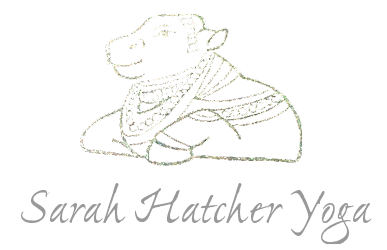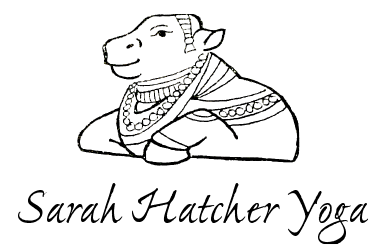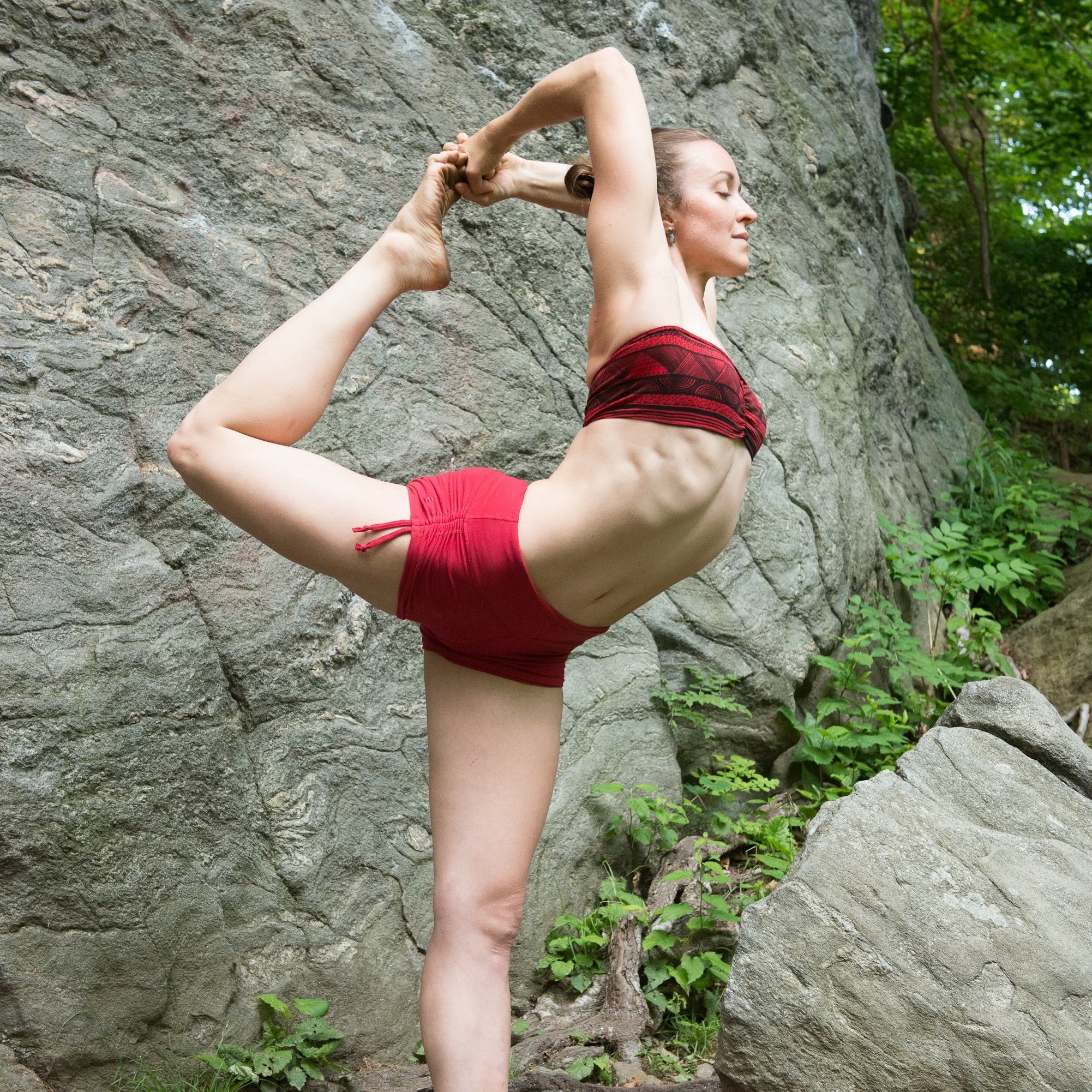The Ideal Yogic Practice
Natarajasana from today, 5 December 2023
There may be a time in your daily practice where you start listening a bit more, watching closely to the relationship of your hip, your spine, your breath, and you may even downgrade a little or go up a few more levels; in other words and more plainly written: you will adapt your practice to accommodate what is going on in your life.
Rock climbers understand this as “getting stronger” or even as “taking a break” as they scale/down-scale the grade-system of climbing. A 7a is one thing, a 7b+ (much harder grade of climbing), is another. This is likened to the ashtanga yoga practitioner practicing intermediate series for four to seven years, and the next year or two, finishing third series. There is a growth - an exponential one as it may seem, however it may be very inevitable.
I have been practicing since 2000: I spent the first four years learning the primary series, the following seven years learning the intermediate series and in the last twelve years, I’ve completed the third and fourth series. In the last twelve years, I have still practiced more primary and intermediate than advanced. In the last nine years I have had two children. And after 23 years of practice I would say that I mostly practice primary and intermediate, and I sprinkle in the advanced practice where I see fit.
Yoga practice comes in and away from you like the waves from the sea; I believe we have cycles that ebb and flow. The longer you practice the easier it is to notice. And now that some of you (like myself) have been videoing and photographing ourselves practicing (thank you, covid!), it is easy to see the changes in our bodies, in our minds and in the time and places where we have been.
I look at all the asana pictures of myself and I am reminded that this time too shall pass; and another year I’ll be less flexible or more so. If we think this is it, this is our best that we have to offer and there is nothing left, you’re wrong! Or if you are feeling washed up and wilted, remember there is always another year to practice and reinvent yourself and your relationship with your yoga practice. It too will come back to life like the Phoenix rises up from the ashes, reborn for the next great flight of her life.
Practicing smarter will be the key to building this type of compassion that will be required to have a successful, long term yoga practice. When you realise that you can no longer bust out Kapotasana after doing full primary and some of intermediate, the mirror of yoga will tell you simply: practice smarter! You can still do Kapotasana regularly, however maybe without a full series before it - or maybe without devastating your back doing a repetitive lousy upward dog. You’ll refine. You’ll re-draw the lines, and you will also, re-examine what and how you actually practice before you do Kapotasana.
It is pretty clear: some years you got it, some years…you just don’t. Injury happens, babies come, relationships break and shalas close. Teachers move away, and the worst of all, you change physically and mentally. Are you still a yogi when “the citt hits the fan?” (Thank you, Tim Miller, I first heard you share this during a retreat with you in Maya Tulum, Mexico in 2002 when I was just a newbie on my very long ashtanga yoga journey.)
It is only a matter of time when you come to grips with how you need a compassionate mind set to continually adapt or redefine your practice. It will come when you notice how difficult it is to bust out a full series. Questions I have for you are: do you have the two hour time-frame a full series with Pranayama requires? Do you have the stamina and did you eat properly the night before? Are you holding yourself to a high standard of community around you to encourage you to practice day in and day out?
I started designing my practice primarily for peak postures. This meant that I was still doing some of third, some of fourth, some of intermediate and primary, I just wasn’t doing the full series leading up to the posture I was currently working on.
I started sometime in 2022: starting with classic standing postures, a few parts of intermediate or third or primary and second, and then approaching the ultimate posture - some days, Kurmasana, or Dvi Pada Sirsasana, and others, doing loads of backbends so that I could approach the ominous and informidable pose, Ganda Berundhasana.
I broke the rules. I broke them because after 23-years of practice I listened to my body crave compassion.
”Please don’t do the full third!” begged my practice mind.
”Hush you, you’re fine, you’re so strong you can do the full thing.” said my brain and my ego.
Natarajasana, after the Birth of Dashiel, 2017
The practice-mind ruled me over: to practice with a smarter mind and to not do the full series if needed: the result has been a dedication on the mat no matter what (that’s no change, lol!), to do what my body requires for that day. I do all of standing always including two additional one-legged standing postures, Ardha Chandrasana and Dikasana. Adding more standing postures helps my balance and my stamina, my knees and my feet. If anything that the ashtanga method lacks, is a lack of standing poses. I need more of them, so I add them in.
I always do a full primary and a full intermediate once a week: yes the full series. The stamina and balance of the series soothes my nervous system and calms my mind. I also do the full backbending sequence as much as possible. This traditional practice connects me to the community around me - if I all of a sudden went rogue and didn’t practice the traditional practice at all I would no longer feel connected as I do to the world community around me - which I strive to be apart of.
Refine your practice and keep practicing what you love - never stop because you no longer do what you ‘used to do’. Practice what you do do well, and work on your hard-earned poses - even if you use straps, extra preparations, or even modify your practice for ‘peak poses’ no one will discredit you for your efforts: if anything, yogis around the world, who also struggle practicing this difficult method day in and day out, will congratulate you on your courage to adapt and change, modify and clearly wax and wane in your own glory…some years you’ll shine and others, you’ll still be working on getting it right.
Natarajasana, 2012 in Philadelphia when I had just learned it.




